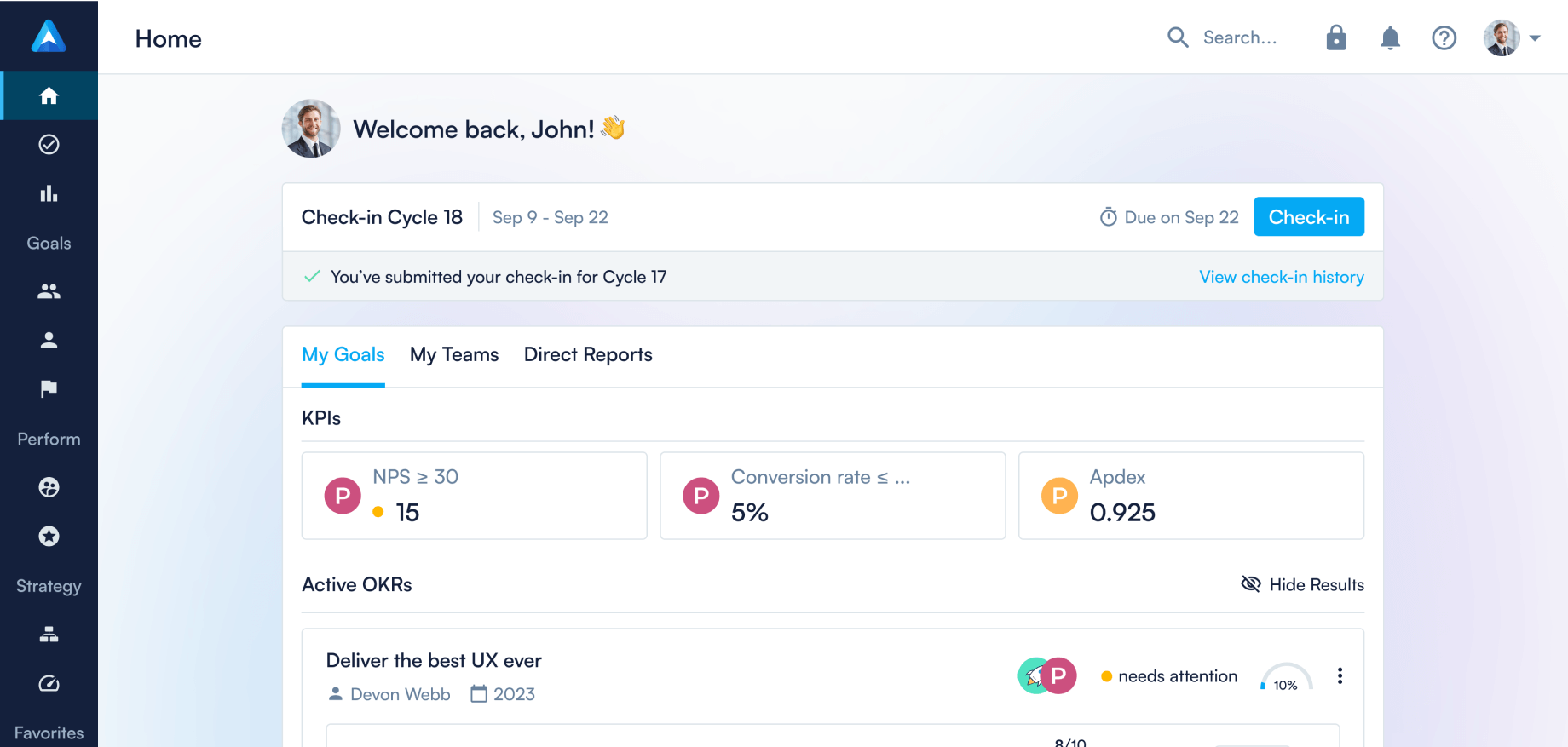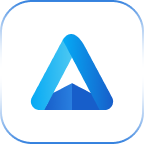
When is the best time of year to implement OKR?

Rather watch a video? Click here!
So, you’ve done your research, and have determined that you want to work with OKR. Great! You’ve already taken the first, most essential step in your journey with OKR.
Having helped hundreds of organizations work with OKR, I can guarantee it’s the right decision. If implemented correctly, there’s honestly no looking back. 🚀
But now your next concern is: when is the right time of year to implement OKR? The answer is “any time”. Yes, that simply means you can and should implement OKR at any given time of the year.
Let’s take a quick look at what it could look like to implement OKR at different times of the year.
A quick note before we get started; OKR entails change management — it’s not only a new methodology but a new mindset and workflow. If you have that commitment, things like time of year have little impact on the bigger picture.
Start of the year ie. Q1
Implementing OKR at the very beginning of the year is the most common and obvious option. New year, new framework — it completely makes sense.
It’s important to note though, that the assumption that this is the only time of year you can implement OKR is incorrect. Implementing OKR mid to the end of the year is equally beneficial. We’ll come to that in a bit.
But at the beginning of the year, leadership typically goes through a process of annual planning. The new year then presents itself as an opportunity to communicate a revised annual direction and perspective to the organization.
This in fact aligns well with the OKR implementation and planning process, and therefore naturally lends itself as a good time to surface such a change. You have a blank canvas for the entire year ahead, and your people are more receptive to a “reset”, so you can easily leverage such a turning point for the organization.
Now, let’s discuss what implementing OKR at other times of the year looks like in practice.
Middle of the year ie Q2 or Q3
Time is a limited resource. And your people are your most valuable asset. So if things aren’t operating smoothly or at an optimal level, you’re wasting precious resources. Plus you’re likely missing out on great opportunities to help push your organization forward.
It’s an expensive delay. So the solution really is to act fast and make changes as soon as possible.
When you take the step to implement OKR in the middle of the year, you’re put in a position to introspect and align on company priorities. Even if that means you’re required to pivot completely — it's probably what your company needs.
Once you have this clarity, you’re then able to clearly communicate purpose and priorities to everyone, creating a space that allows teams and individuals to focus their efforts in the right direction.
The truth is that OKR does take time to master. It can even take several cycles before you find your optimum rhythm. But at least you have the time to train that OKR muscle to help you come out stronger once you approach the following year.
End of the year ie. Q4
It’s the end of the year and you’re likely thinking it’s too late to implement a new framework at this point. Why not just wait for the new year? I understand that logic, but in reality, it’s wrong.
With the new year around the corner, you have the opportunity to reflect on the year so far and can use your learnings to prepare for the upcoming year.
And since OKR is much like learning a new language that involves a switch in how you approach work, don’t underestimate the need for dedicated time to educate, train, and prepare. You can then allot Q4 to educate the organization on the OKR anatomy, train your people on the tool where you’ll track OKRs, and prepare the documentation that details the process of working with OKR at your organization.
This all takes time and by dedicating this time to preparation, you’ll then be ready to hit the ground running in Q1.
Can you start OKR in the middle of the quarter too?
Absolutely! You’ll just need to recalibrate the scope of the OKRs to ensure that they’re accounting for the shortened timeframe.
You can also use this smaller window of time as an opportunity to implement OKR with a few pilot groups. That way you have the chance to get a hang of the framework and the tool you’re using. As the next quarter approaches, you’ll be better prepared for a wider rollout to the rest of your organization.
Conclusion
OKR is a flexible framework. And by no means does it limit when you can start with it.
There’s no wrong time of year to implement OKR. So my one piece of advice to you would be: don’t wait. If you need the change or are ready for that change, don’t put it on hold for a time of year that presents itself as most beneficial. Now is the best time to start.
Watch video
FAQ
Continue reading...


Why you shouldn’t outsource OKR to HR


How to embed goals in performance reviews







